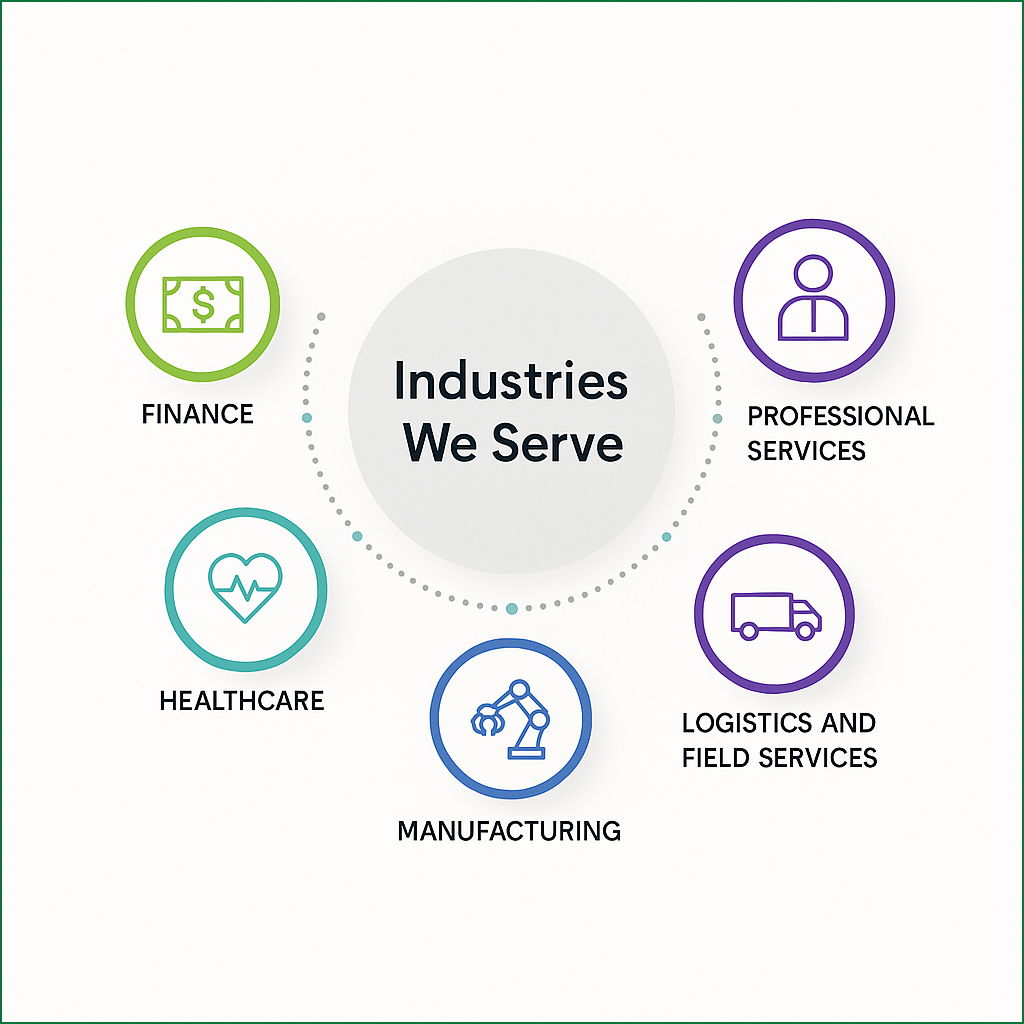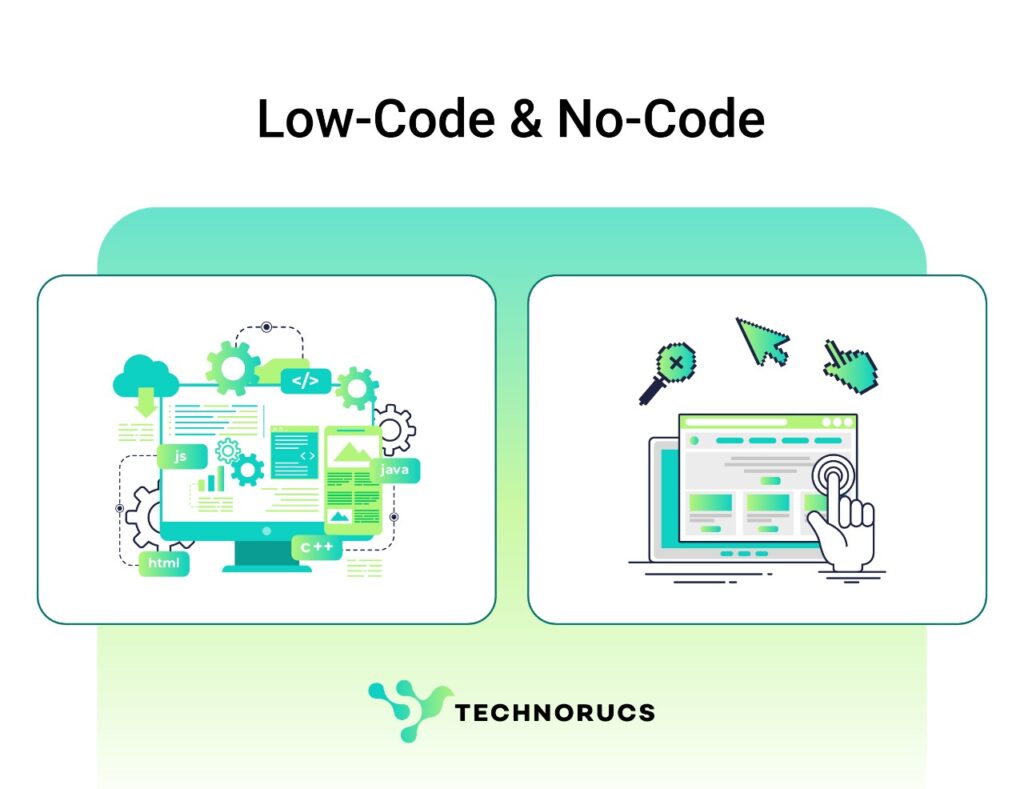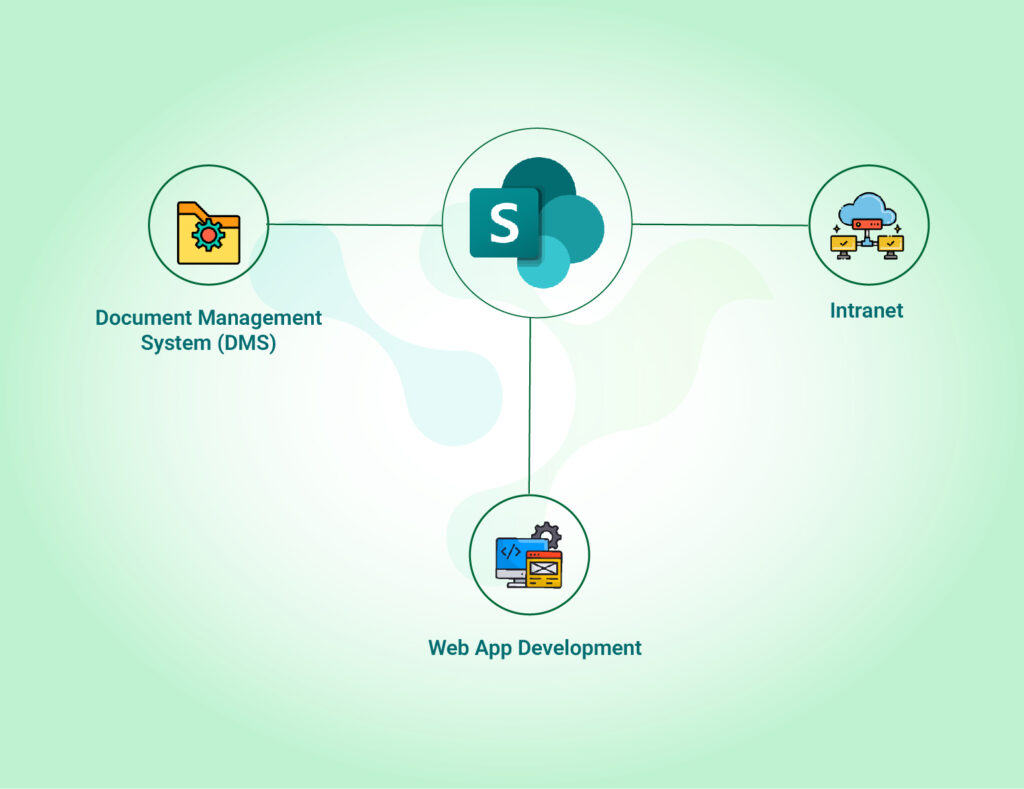Introduction
- Workforce mobility: If your teams need access from home, client sites or the factory floor, the cloud’s ubiquitous availability and mobile‑friendly interfaces offer clear advantages. On‑premise suits office‑based workforces but external access often demands VPNs and additional security layers.
Technical resources: Running on‑premise means managing capacity, upgrades and security yourself. Organisations without specialist SharePoint skills may find this challenging and costly. The cloud frees IT staff to focus on adoption and process improvement rather than infrastructure.
Compliance obligations: SharePoint Online now meets many industry standards (ISO 27001, FedRAMP, HIPAA, GDPR), but some jurisdictions or sectors still require data to remain on‑premise. Highly regulated environments or air‑gapped networks may necessitate local hosting.
Budget model: Cloud subscriptions convert capital expenditure into operational expenditure. This can improve cash flow and reduce unplanned hardware costs. However, if you recently invested in servers or have unique customisations, delaying migration or adopting a hybrid model may maximise existing assets.

- Scalability and management: With SharePoint Online you can add users or storage instantly; Microsoft ensures 99.9 percent uptime and handles backups and disaster recovery. In contrast, on‑premise environments must be sized carefully. Adding capacity means ordering hardware and scheduling downtime. A manufacturing organisation that rolled out an intranet for 800 staff across three continents used SharePoint Online to avoid building redundant servers in every region—the cloud scaled on demand.
- Security and compliance: Cloud security isn’t a one‑size‑fits‑all claim; it’s the product of continuous investment. SharePoint Online includes multi‑factor authentication, conditional access policies, threat analytics and data loss prevention. When a mid‑tier bank moved its DMS to the cloud, they enabled encryption, advanced threat protection and granular access controls without buying extra software. On‑premise can be equally secure but only if you invest in tools and people to stay ahead of evolving threats.
Native integrations: A major advantage of SharePoint Online is its integration with the rest of Microsoft 365. Using Power Apps and Power Automate, organisations can create automated forms, approval workflows and dashboards without writing code. For example, a logistics firm built a SharePoint Web App to manage service tickets: field staff submitted requests via a mobile form, the system routed them automatically, and managers viewed analytics in Power BI—all within their existing subscription. On‑premise farms offer unlimited customization, but integration with modern tools often requires bespoke development and ongoing maintenance.
Assessing Costs and ROI
What You Can Build on SharePoint: Real‑World Snapshots

- Finance: An investment firm implemented a SharePoint Document Management System (DMS) in the cloud to centralize policies, contracts, and client documents. Metadata, retention labels, and role-based access enhanced compliance and audit readiness. Manual trackers were eliminated, making audit preparation faster and more reliable.
- Healthcare: A regional hospital adopted a hybrid model—general collaboration shifted to SharePoint Online, while regulated patient records remained on-premise. Using SharePoint Intranet Development Services, they built an intranet to publish policies, deliver e-learning, and schedule appointments. Nurses accessed real-time protocols at the bedside, and managers tracked training completion through interactive dashboards.
- Manufacturing: To streamline plant operations, a manufacturer developed a SharePoint Web App for managing maintenance tickets. Machine operators logged issues via tablets; automated workflows assigned technicians, tracked repairs, and generated reports. Another manufacturer consolidated quality documents within a SharePoint DMS, significantly reducing retrieval times during audits.
- Professional Services: A law firm centralized thousands of case files using SharePoint Online. Client folders, matter metadata, and automated approvals were configured so lawyers could retrieve documents instantly while maintaining confidentiality standards. Built-in eDiscovery tools simplified discovery requests, eliminating the need for separate case management software.
- Logistics and Field Services: A distribution company replaced manual spreadsheets with a mobile app built on SharePoint and Power Platform. Drivers submitted delivery updates directly from the field, feeding live dashboards for dispatchers. This SharePoint Web App Development initiative digitized an error-prone process without adding extra licensing costs.




